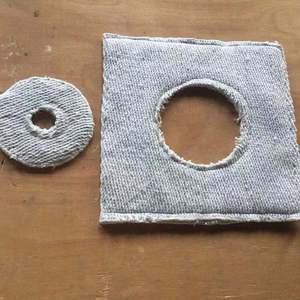Professional industry ceramic supplier, silicon nitride, silicon carbide, aluminum nitride and any other kinds of ceramics.
PRODUCT PARAMETERS
Description
Overview of Refractory Alumina Al2O3 Melting Ceramic Crucible Boat
Refractory Alumina Al2O3 Melting Ceramic Crucible Boat are non-metallic substances designed to withstand extreme temperatures exceeding 1,000°C, along with harsh chemical and physical stresses. They are essential for the inner linings of industrial furnaces, kilns, reactors, and incinerators, providing critical thermal insulation and structural integrity in processes ranging from metal and glass manufacturing to power generation.
Features of Refractory Alumina Al2O3 Melting Ceramic Crucible Boat
-
High-Temperature Resistance: Maintain structural strength and stability at temperatures often exceeding 1500°C.
-
Excellent Thermal Shock Resistance: Withstand rapid heating and cooling cycles without cracking or spalling.
-
Chemical Inertness: Resist corrosion and degradation from slags, molten metals, and acidic or basic environments.
-
High Mechanical Strength: Possess considerable load-bearing capacity at operating temperatures.
-
Low Thermal Conductivity: Provide effective insulation to improve energy efficiency and protect furnace structures.
-
Abrasion Resistance: Withstand erosion from solid materials and gas flows.
Specification of Refractory Alumina Al2O3 Melting Ceramic Crucible Boat
This crucible boat is made from refractory alumina ceramic. It handles very high temperatures well. The main material is aluminum oxide, Al2O3. This is a pure ceramic. It usually contains 98% or more Al₂O₃. This high purity makes it strong against heat and chemical reactions. It won’t melt easily or react with most metals.
The boat is dense and hard. It has a high bulk density. This means it is solid and sturdy. It resists wear and tear very well. It doesn’t break down easily under pressure or friction. It is strong against cracking under sudden temperature changes. This is called thermal shock resistance. It handles going from hot to cold quickly. This is important for melting and casting.
It works at extremely high temperatures. Its maximum use temperature is about 1700 to 1800 degrees Celsius. Some types might handle even higher heat. It stays stable and doesn’t soften at these temperatures. This makes it perfect for melting metals. It works well with platinum, palladium, gold, silver, and other precious metals. It is also good for melting alloys. Laboratories and jewelers use it often. It is also used in research and small-scale production.
The shape is like a small open boat. This design holds molten metal safely. It comes in different sizes. Common sizes are small, like 10 ml capacity, up to larger sizes like 100 ml or more. The sizes fit different furnace types and amounts of material. You can choose the size you need for your work. It is a reliable tool for high-temperature applications.
Applications of Refractory Alumina Al2O3 Melting Ceramic Crucible Boat
Refractory alumina ceramic crucible boats are essential tools for many demanding tasks. They handle extreme heat well. This makes them perfect for melting and shaping metals and other materials at very high temperatures. Their main ingredient is aluminum oxide, Al2O3. This material gives them incredible strength and resistance to heat.
These crucibles work best when you need to melt things like gold, silver, platinum, and other precious metals. Jewelers and metal refiners rely on them. They are also vital in research labs. Scientists use them to study new materials under intense heat. They hold up when other containers might break.
The purity of the alumina matters a lot. Higher purity means better resistance to chemicals and less chance of contaminating your melt. This is critical when working with pure elements or special alloys. You don’t want unwanted stuff getting into your material. These crucible boats resist attack from many molten metals and slags. They stay stable.
They also handle sudden temperature changes better than many other ceramics. This property is called good thermal shock resistance. It means they are less likely to crack when heated up fast or cooled down quickly. This reliability is important in industrial processes. Downtime costs money.
Their shape is simple, usually like a small boat. This design allows for easy pouring of molten contents. They come in different sizes and purity levels. You can choose the one that fits your specific melting job. Whether it’s a small jewelry studio or a large industrial foundry, alumina crucible boats get the job done. They are tough, reliable, and built for heat.
Company Profile
Tanki New Materials Co.Ltd. focus on the research and development, production and sales of ceramic products, serving the electronics, ceramics, chemical and other industries. Since its establishment in 2015, the company has been committed to providing customers with the best products and services, and has become a leader in the industry through continuous technological innovation and strict quality management.
Our products includes but not limited to Aerogel, Aluminum Nitride, Aluminum Oxide, Boron Carbide, Boron Nitride, Ceramic Crucible, Ceramic Fiber, Quartz Product, Refractory Material, Silicon Carbide, Silicon Nitride, ect. please feel free to contact us.

Payment Methods
T/T, Western Union, Paypal, Credit Card etc.
Shipment Methods
By air, by sea, by express, as customers request.
5 FAQs of Refractory Alumina Al2O3 Melting Ceramic Crucible Boat
Refractory alumina Al2O3 melting ceramic crucible boats are essential tools for high-temperature work. People often have questions about them. Here are five common ones.
What is a refractory alumina crucible boat? It’s a container made mainly from aluminum oxide ceramic. Its job is to hold materials needing extremely high temperatures for melting or processing.
How hot can these alumina crucible boats get? They handle very high heat. Typically, they withstand temperatures up to 1800°C or even higher, depending on the specific alumina type and purity. This makes them suitable for melting metals and other demanding tasks.
Why choose alumina for these crucibles? Alumina offers great heat resistance. It also has good strength and resists thermal shock well. This means the crucible is less likely to crack from sudden temperature changes compared to some other ceramics.
What chemicals resist these alumina boats? Alumina ceramic withstands many harsh chemicals. It holds up against strong acids and strong bases. It also resists attack from various molten metals and salts. This broad chemical resistance is a key advantage.
How long do alumina crucible boats last? Their lifespan depends heavily on usage. Factors like maximum temperature, temperature changes, and the materials melted affect it. Proper handling and avoiding physical shocks help them last longer. They are durable, but not unbreakable.
REQUEST A QUOTE
RELATED PRODUCTS
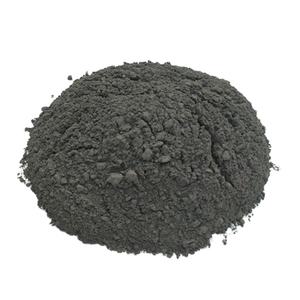
High Alumina Refractory High Strength High Alumina Castables High Quality High Alumina Refractory Castable
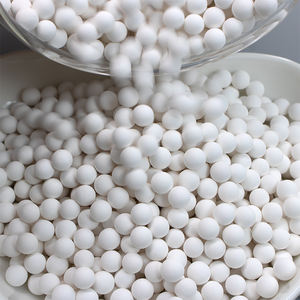
Alumina Silicate Fiber Ceramic Fiber Board 100-1800C Refractory Heat Insulation For Furnace Use
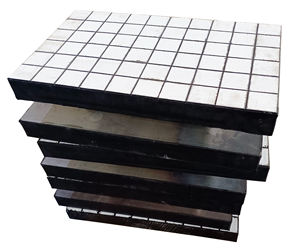
Factory Custom High Alumina Fire Brick SK30 32 34 36 Refractory Brick for Kiln Furnaces
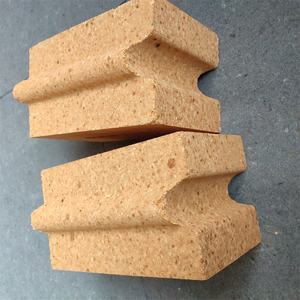
1800℃ Refractory Ceramic Fiber Board For Heat Preservation In Steel Industry

Refractory Heat Resistance High 95% 99% Porous Hollow Al2o3 Alumina Ceramic Tube/rod
